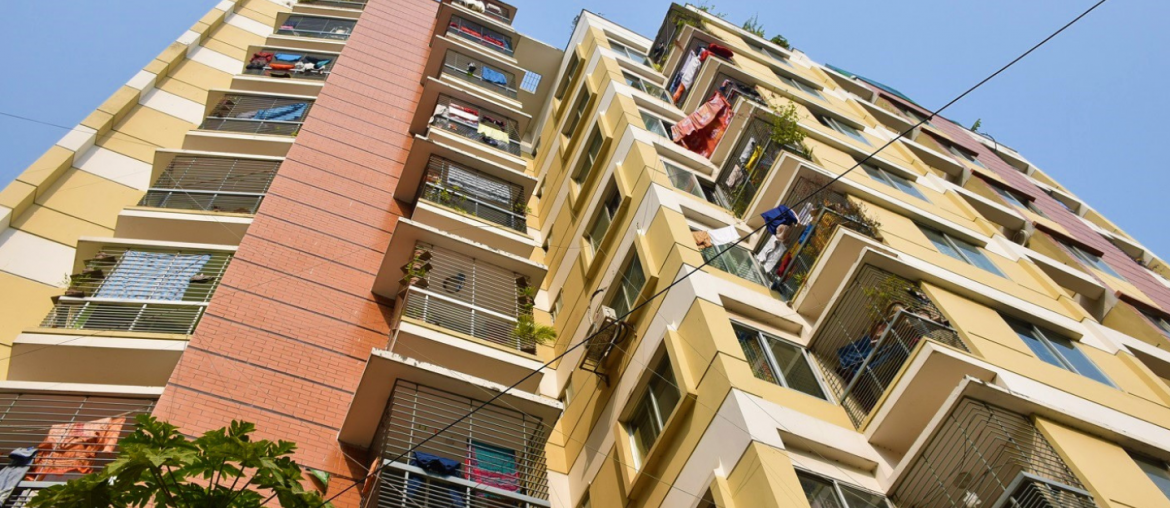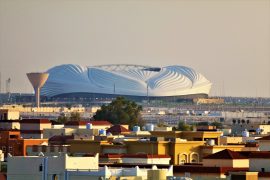Since its inception as an industry in 1991, Bangladesh’s housing sector has undergone many changes. It would not take long to fully mature as a thriving sector. Then the pandemic hit and changed everything. The housing sector took a massive toll before the government could take necessary measures to prevent it from falling. Although the much-needed timely actions helped the industry to stand back on its feet, they also set a new course for the real estate trend in Bangladesh. The tendency to buy secondhand/secondary properties outweighed the propensity to purchase the primary property. And with the added impact of the ongoing clash on Europe’s border, the trend seemed to have become more prevalent. But why did the direction change in recent times? And what are the factors driving secondary property’s popularity?
We will be answering all these questions in this article.
Affordability with the added convenience
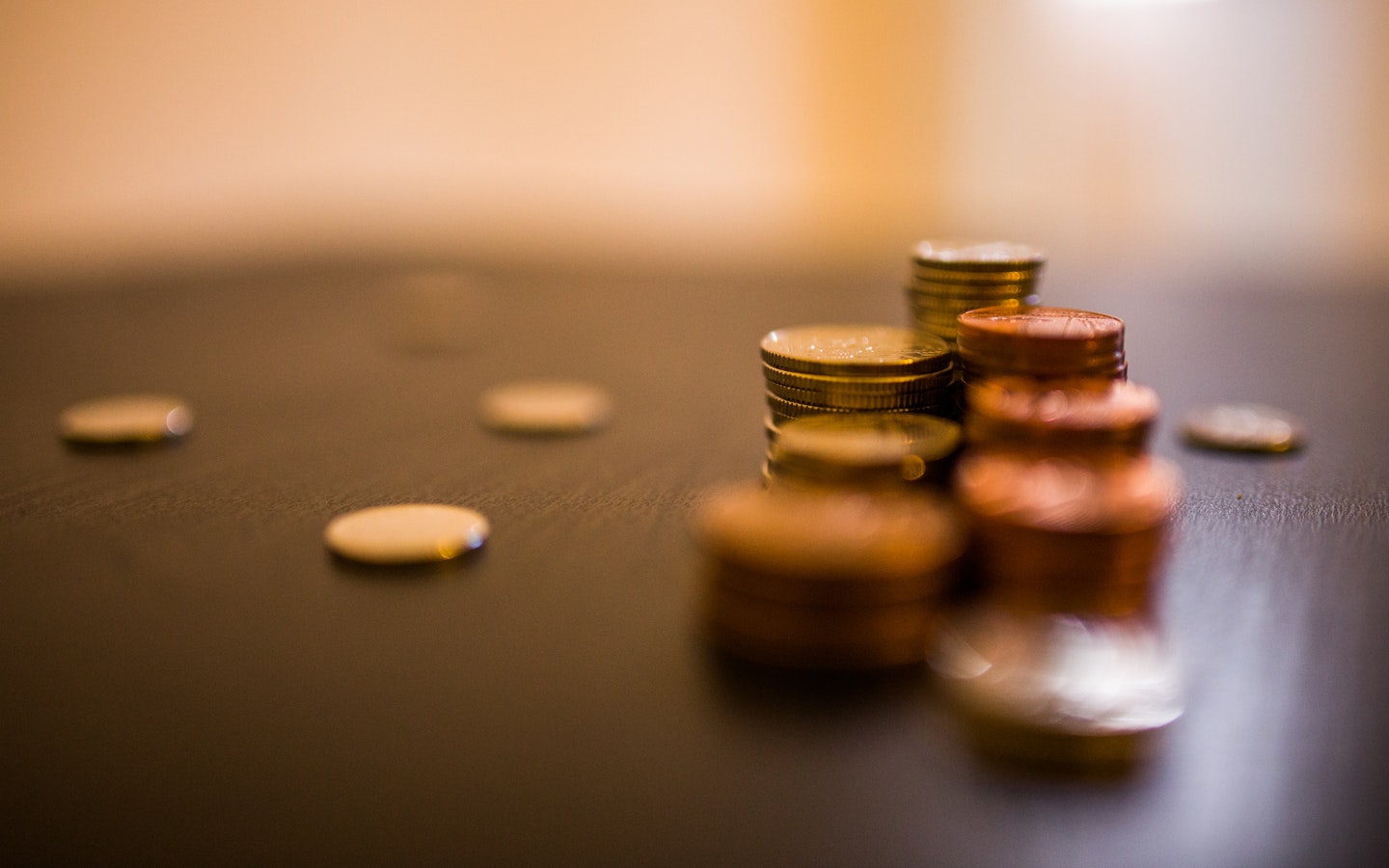
One of the most significant factors driving secondary property’s popularity is its affordability. Regardless of the location, a secondary property, also known as second-hand property, is less expensive than a recently built ready flat equipped with modern facilities. Then there is the issue with the utility connection.
Although new households are not refrained from getting water and electricity supply, gas connections have been cut off since September 2015 and there is no certainty whether the issue will be resolved for new households soon or not. This gives the secondhand properties (built before 2016) an added advantage.
Besides, for people who want an immediate rental return from their property, the used property can be a great option.
Raw material price Increase
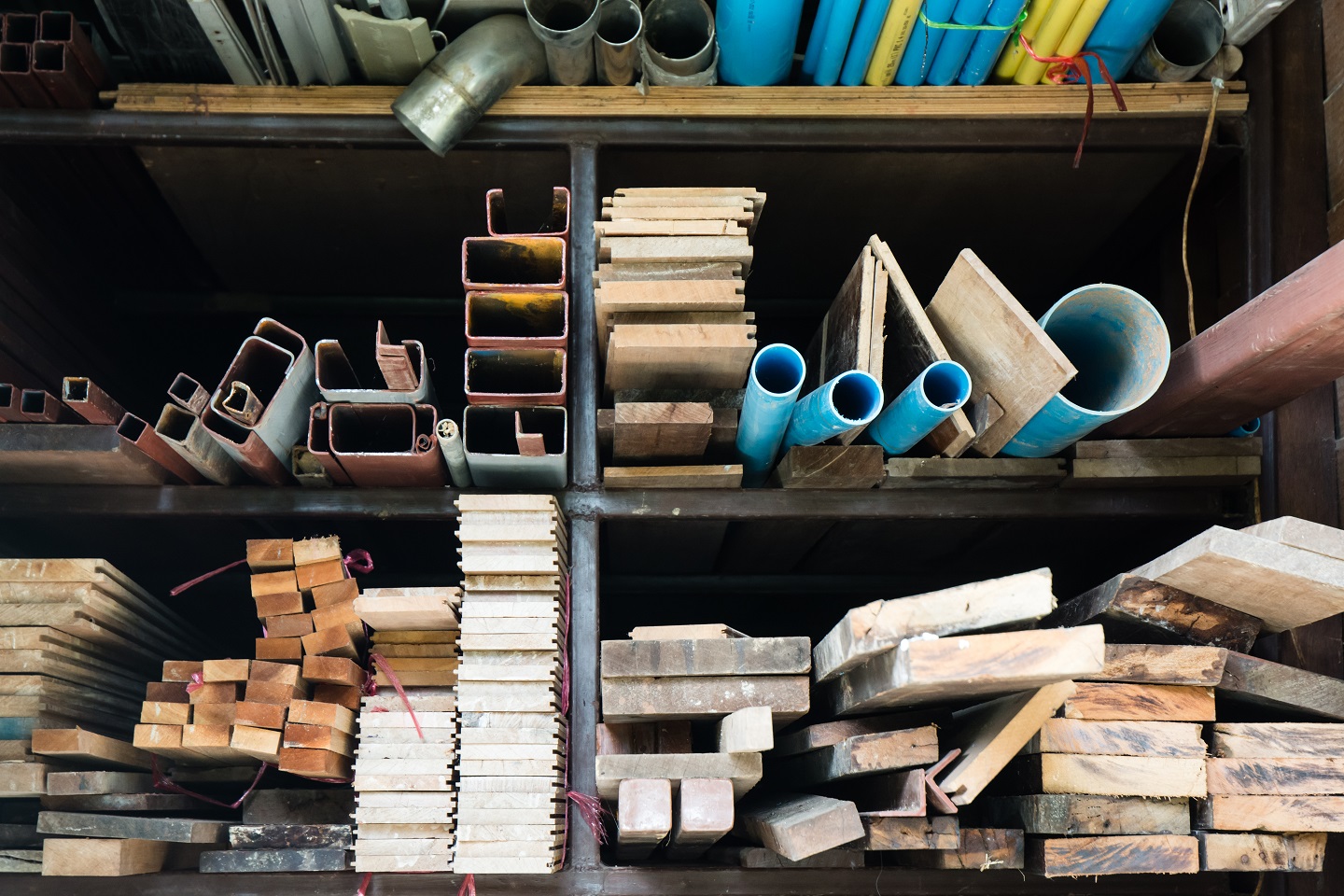
The recent surge in raw material prices is also among the factors driving secondary property’s popularity. First, the pandemic made it hard to import scrap material, and then the Russia-Ukrain crisis further exacerbated the problem.
In November 2021, the price per tonne of steel went up to BDT 77,500, and the price per 50kg of cement stood at BDT 430. Which was BDT 53,000, and BDT 360 before July 2020 respectively; a 46% price increase for steel and 19.4% for cement.
Meanwhile, the price of stone had also gone up by BDT 3,000 a tonne, and the sand had ticked up by BDT 2,000 a truck, with the prices of floor and wall tiles rising.
Besides, the price of locally produced bricks had gone up by BDT 1.5 for a piece, auto bricks by BDT 2.5, ceramic bricks by BDT 5, and concrete bricks by BDT 8.
Just after a week of Russia-Ukraine turmoil in February 2022, the rod price had risen by BDT 6,000 – BDT 7,000 per tonne, imported stone by BDT 4000, which was BDT 3000 before, and per 50kg cement by BDT 50.
This additional price hike in raw materials has ultimately caused a 30% increase in flat prices, and construction stopped for almost 50% of flats sold in the years 2021 and 2022.
That is why, if you want to buy a newly constructed property right now, it can cost you more than a similar property constructed before the pandemic and the Russia-Ukraine crisis.
Mortgage facility
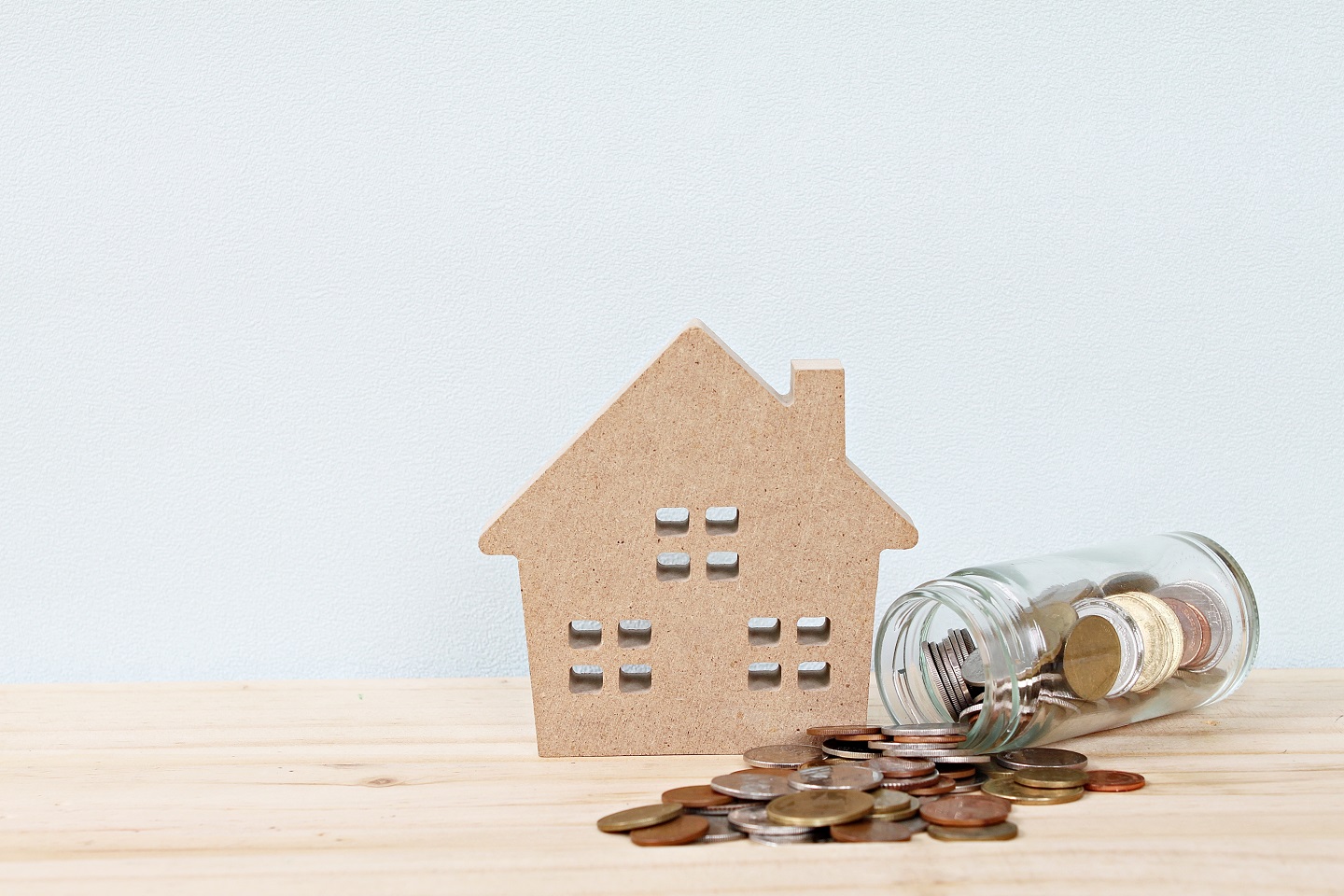
There are different types of loans that you can get from banks and NBFIs for different purposes. But it is easier to avail a mortgage for a secondhand property than an under-construction property for many reasons. Banks and NBFIs disburse loans based on the repayment ability of the borrower. That usually requires them to visit the property or the site and determine the eligibility of the loan request. This checking and rechecking take longer for an under-construction property.
The process is even more complicated for properties yet to be built. You must construct at least a portion of the building to qualify for a mortgage. On the other hand, for a second-hand property, you can directly apply for a mortgage after executing the Deed of Agreement for the property.
Reduced registration cost

The government’s recent initiative to attract more people to invest in real estate by slashing the registration cost from 14% of the total deed value to 10% bode well for every type of property buyer. For Tk 1 crore property, people now have to pay only Tk 10 lakh instead of Tk 14 lakh as the registration cost. That, in turn, incentivized people to invest in real estate more than ever before.
In this article, I pointed out the most notable factors driving secondary property’s popularity and provided a brief overview of the real estate industry in Bangladesh. I hope you find this article helpful and do let us know your thoughts in the comments section below.

